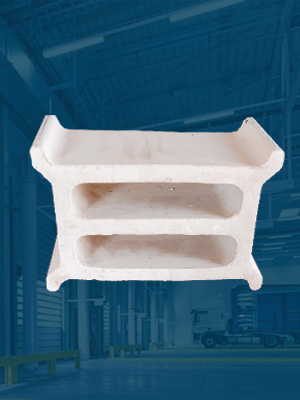In the realm of urban planning and infrastructure development, the term “Grid Block” holds significant importance. But what exactly is a Grid Block, and why is it so crucial in modern city planning? Let’s delve into the concept, its advantages, and how cities can maximize the benefits of Grid Blocks to create more efficient and livable spaces.
Understanding Grid Blocks
A Grid Block, also known as a grid street pattern or gridiron, refers to a layout of city streets that form a grid-like pattern, typically consisting of straight, perpendicular streets intersecting at right angles. This layout creates a series of uniform blocks, making navigation more straightforward and providing efficient access to different parts of the city.
Advantages of Grid Blocks
The adoption of Grid Blocks offers a multitude of advantages that contribute to the overall functionality and livability of urban areas:
- Enhanced Accessibility: One of the most significant advantages of Grid Blocks is their ability to enhance accessibility. The grid-like layout provides multiple routes for vehicles, pedestrians, and cyclists to navigate through the city. This accessibility facilitates smoother traffic flow and reduces congestion by dispersing the load across various streets.
- Efficient Land Use: Grid Blocks promote efficient land use by maximizing the development potential of urban areas. The uniformity of block sizes allows for optimal utilization of space, enabling city planners to accommodate a diverse range of functions within the same area, including residential, commercial, and recreational spaces.
- Flexibility and Adaptability: Grid Blocks offer a high degree of flexibility and adaptability, making them suitable for accommodating future growth and changes in urban dynamics. The regular street layout allows for easier expansion and modification of infrastructure to meet evolving needs without significant disruptions to the existing urban fabric.
- Improved Walkability: With their straightforward layout and interconnected network of streets, Grid Blocks promote walkability within cities. Pedestrians can navigate the area more easily, leading to increased foot traffic for businesses, improved public health outcomes, and a greater sense of community cohesion.
- Effective Emergency Response: In times of emergencies such as fires or natural disasters, Grid Blocks facilitate more efficient emergency response efforts. The systematic layout of streets enables emergency vehicles to navigate the city quickly and reach affected areas without encountering dead ends or obstacles, thereby minimizing response times and potentially saving lives.
Maximizing the Benefits of Grid Blocks
While Grid Blocks offer numerous advantages, maximizing their benefits requires careful planning and implementation strategies. Here are some key considerations for cities looking to optimize the advantages of Grid Blocks:
- Mixed-Use Development: Encourage mixed-use development within Grid Blocks to promote vibrant and diverse urban environments. By integrating residential, commercial, and recreational spaces within the same area, cities can create lively neighborhoods where residents have easy access to amenities and services.
- Public Space Design: Focus on designing attractive and functional public spaces within Grid Blocks, such as parks, plazas, and pedestrian-friendly streetscapes. These spaces serve as focal points for community interaction and enhance the overall quality of life for residents.
- Transit-Oriented Development: Implement transit-oriented development (TOD) strategies to promote sustainable transportation options within Grid Blocks. By locating public transit hubs and amenities strategically, cities can encourage residents to use alternative modes of transportation, reducing reliance on private vehicles and mitigating traffic congestion.
- Green Infrastructure Integration: Integrate green infrastructure elements, such as street trees, green roofs, and permeable pavements, into Grid Blocks to enhance environmental sustainability and resilience. These features help mitigate the urban heat island effect, improve air quality, and manage stormwater runoff, creating healthier and more resilient urban environments.
- Community Engagement: Foster community engagement and participation in the planning and design process to ensure that Grid Blocks meet the needs and preferences of local residents. By involving stakeholders in decision-making processes, cities can create inclusive and responsive urban environments that reflect the values and aspirations of the community.
Conclusion
In conclusion, Grid Blocks offer a plethora of advantages that contribute to the efficiency, accessibility, and livability of urban areas. By maximizing the benefits of Grid Blocks through strategic planning and implementation strategies, cities can create more sustainable, resilient, and vibrant communities for current and future generations to enjoy. Embracing the principles of Grid Blocks can pave the way for smarter, more connected, and more inclusive cities where people thrive and prosper.
